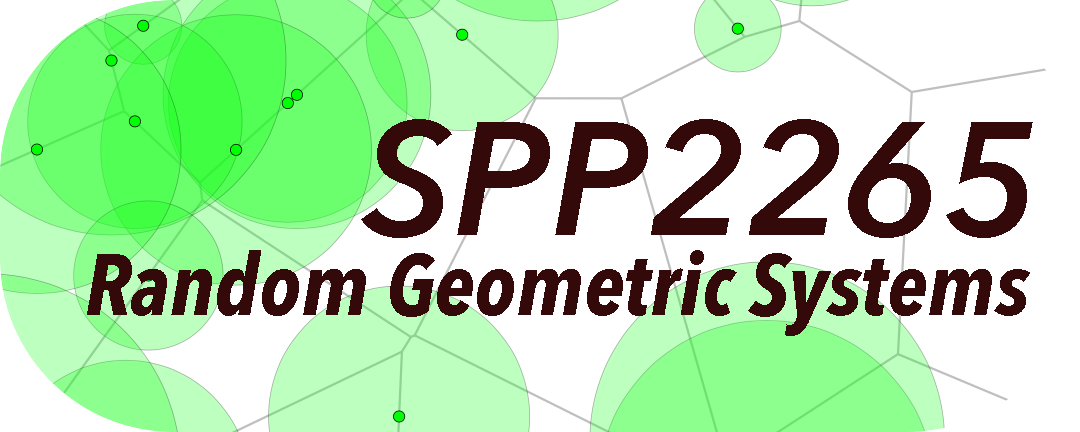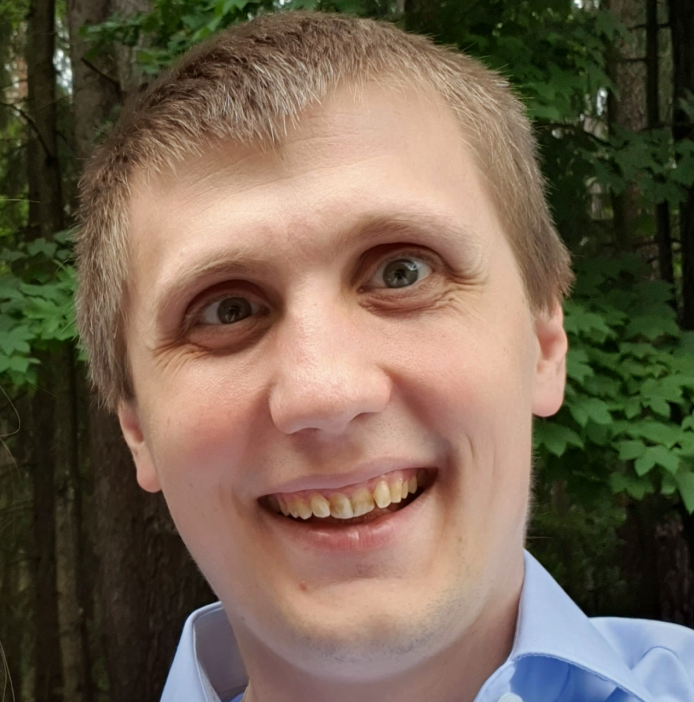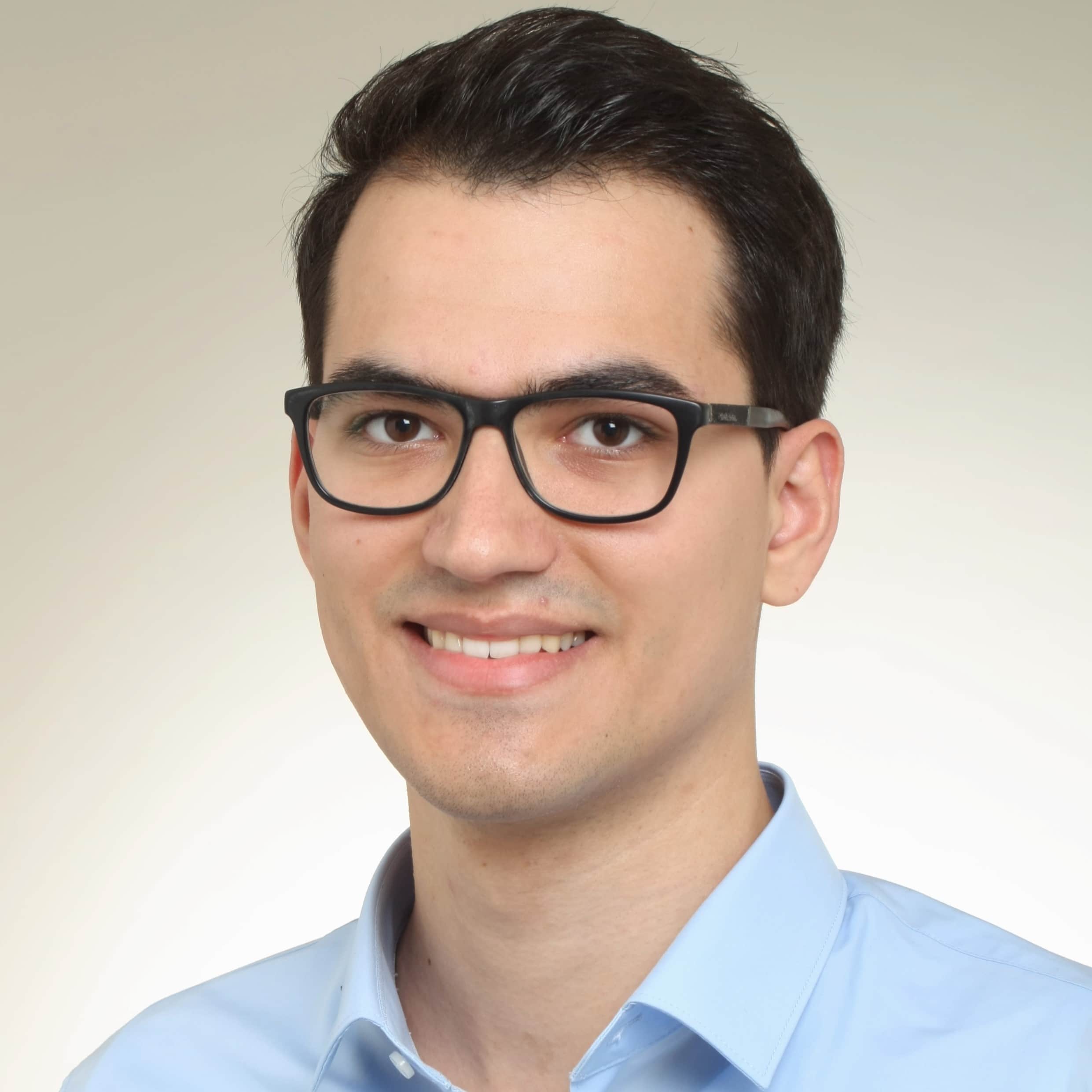Rigidity and hyperuniformity of point processes
Description Phase 2
Description Phase 1
A point process (random point pattern) is said to be (number) rigid if the number of points inside a given compact set is (almost surely) determined by the number of points outside. It is said to be hyperuniform if the variance of the number of points in a large ball grows more slowly than its volume, that is, if this number has a significant smaller fluctuation than the corresponding number for a Poisson process with the same intensity (mean) measure. The local behavior of such processes can very much resemble that of a weakly correlated point process as for instance a Poisson process or a Gibbs process with short-range interactions. Only on a global scale a regular crystalline geometric pattern might become visible. Examples of hyperuniform processes are perturbed lattices, the Ginibre process (describing the eigenvalues of a Gaussian matrix), some other determinantal processes, stable submatchings of a Poisson process and the three-dimensional hierarchical Coulomb gas. Examples of rigid point processes are the stable submatchings of a Poisson process, Gibbs processes with certain long-range interactions, zeros of Gaussian entire functions and some determinantal processes with a projection kernel. Physicists have observed these exotic states of matter in random jammed packings, disordered quantum ground states, quasicrystals, Coulomb systems, and photonic disordered solids. Hyperuniform structures have also been observed in biology.
It has been recently proved that in one or two dimensions hyperuniformity implies rigidity provided that the spatial air-correlation function decays sufficiently fast. In dimension three and higher this has been shown to be wrong. The first goal of this project is the mathematical analysis of the exact relationships between rigidity, decay of correlations and hyperuniformity.
A second goal of this project is to establish persistence properties of hyper- uniformity under matchings and more general transports of random measures. This should be used for the construction of new interesting examples of hyperuniform point processes. More generally it is planned to study monotonicity of asymptotic variances under transports of general random mea- sures.
A third goal is the construction of explicit couplings of the stationary and the Palm distribution for a preferably large class of point processes and to use this to characterize hyperuniformity and to quantify the local degree of attraction and repulsion. Such couplings are also of relevance in sextreme value theory (Poisson approximation) and statistical physics.
Preprints/Publications
Michael A. Klatt, Günter Last, Norbert Henze: A genuine test for hyperuniformity (10/2022)
Günter Last, Hermann Thorisson: Transportation of diffuse random measures on ℝd (12/2021) published
Michael A. Klatt, Günter Last: On strongly rigid hyperfluctuating random measures (08/2020) published




